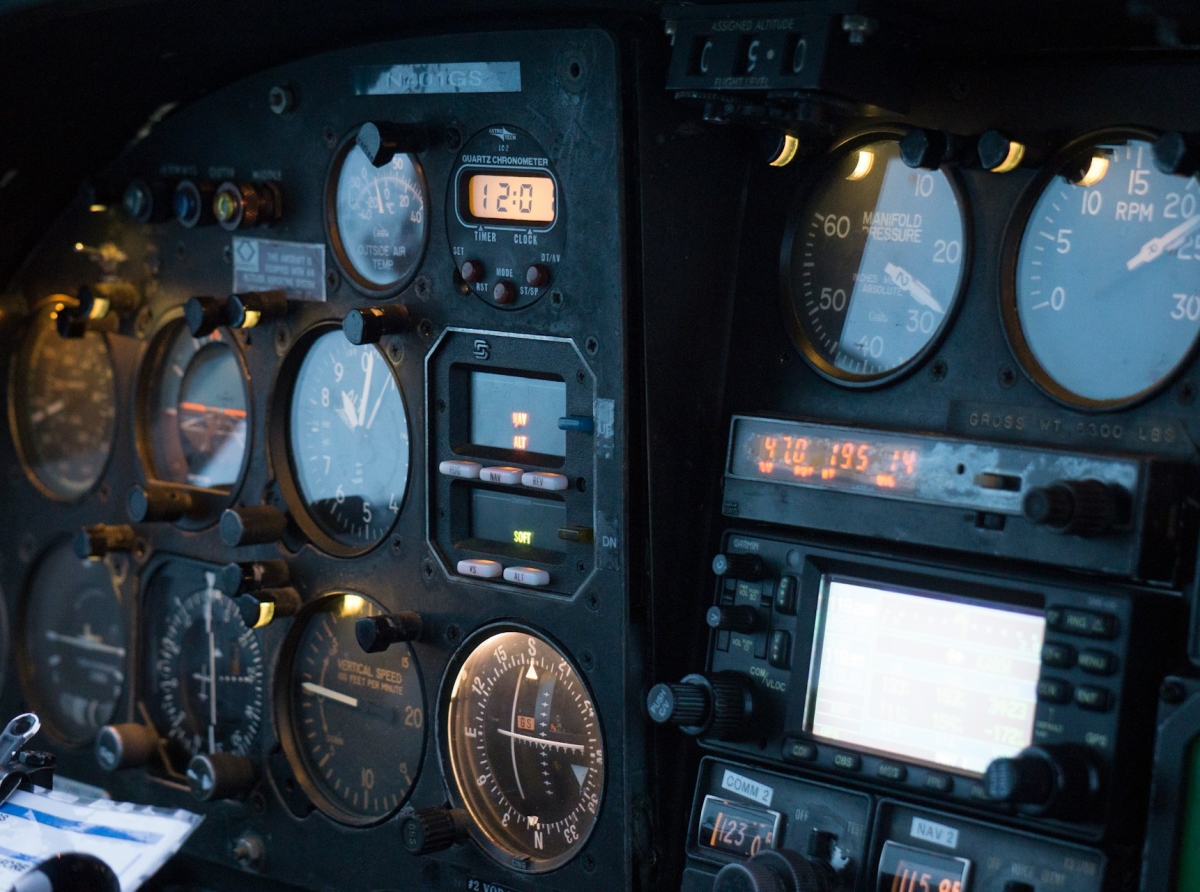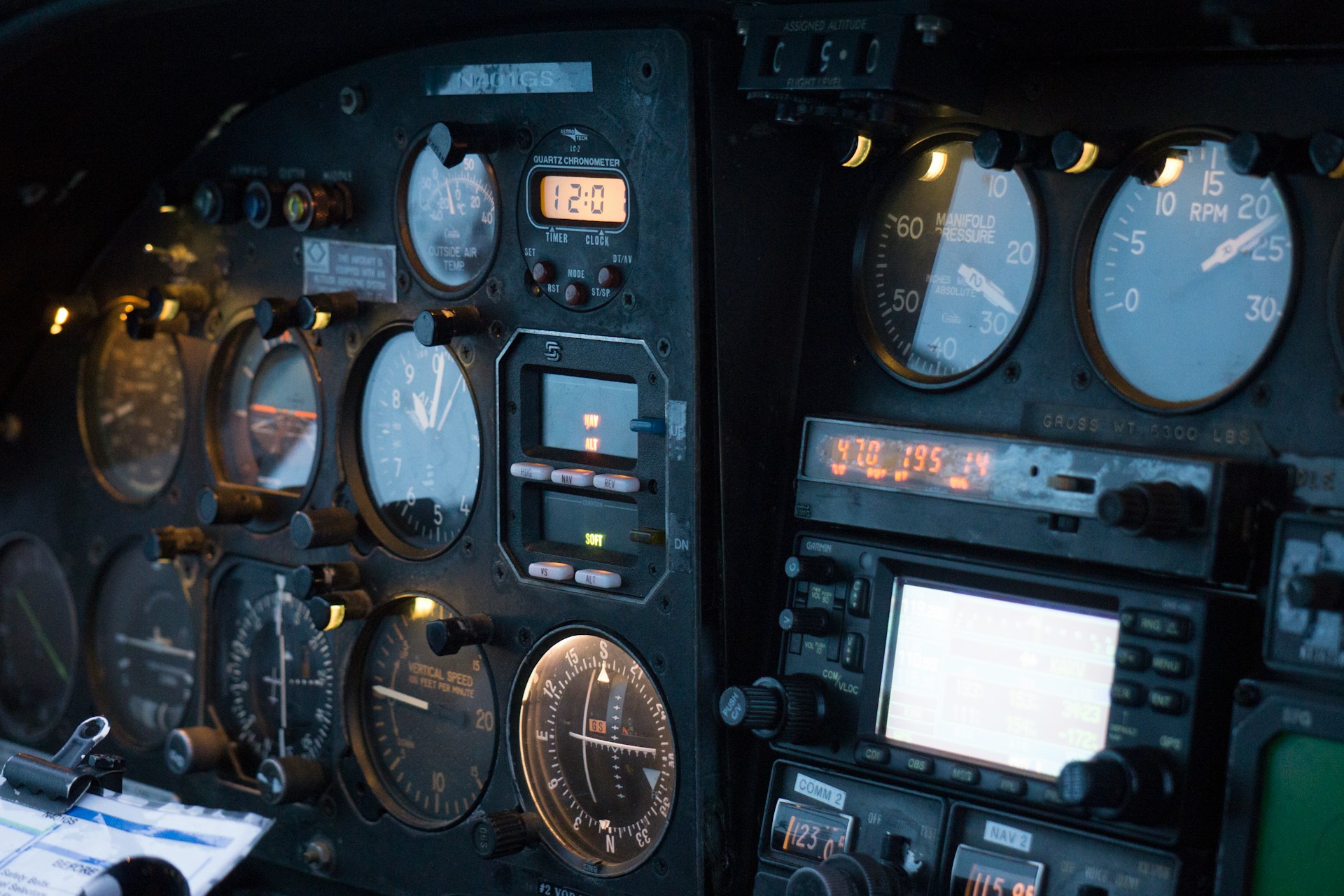
Forex Trading on Autopilot
Brief Overview of Forex Trading
Forex, or foreign exchange, is the largest and most liquid financial market in the world. With daily trading volumes exceeding $6 trillion, it involves the buying and selling of currencies with the aim of making a profit. Traders range from large financial institutions to individual investors, all seeking to capitalize on fluctuations in currency values.
Introduction to the Concept of Automated Trading Systems (Autopilot)
Automated trading systems, often referred to as “autopilot” systems, have gained popularity among Forex traders. These systems use algorithms and software to execute trades on behalf of traders without human intervention. The promise is alluring: make money while you sleep, free from the emotional pitfalls that plague human decision-making.
Forex, or foreign exchange, is the largest and most liquid financial market in the world. With daily trading volumes exceeding $6 trillion, it involves the buying and selling of currencies with the aim of making a profit. Traders range from large financial institutions to individual investors, all seeking to capitalize on fluctuations in currency values.
Introduction to the Concept of Automated Trading Systems (Autopilot)
Automated trading systems, often referred to as “autopilot” systems, have gained popularity among Forex traders. These systems use algorithms and software to execute trades on behalf of traders without human intervention. The promise is alluring: make money while you sleep, free from the emotional pitfalls that plague human decision-making.

Forex Trading on Autopilot
Understanding Automated Trading Systems
Explanation of How Automated Trading Systems WorkAutomated trading systems operate through pre-defined algorithms that analyze market conditions and execute trades based on set parameters. These parameters could include price thresholds, volume triggers, or other technical indicators. Once programmed, these bots continuously monitor the market and execute trades in real-time.
Types of Algorithms and Software Used in Forex Autopilot Trading
There are various types of algorithms employed in autopilot trading:
Trend-Following Algorithms: These track and follow market trends.
Arbitrage Algorithms: These exploit price differences between different markets.
News-Based Algorithms: These react to news events and economic indicators.
Software platforms like MetaTrader 4 (MT4) and MetaTrader 5 (MT5) are commonly used for implementing these algorithms.
Advantages and Claimed Benefits of Using These Systems
The benefits touted by proponents include:
Efficiency: Bots can process vast amounts of data faster than humans.
Emotionless Trading: Bots operate without emotional biases.
24/7 Operation: Unlike humans, bots can trade round-the-clock.
Backtesting Capabilities: Algorithms can be tested against historical data to gauge performance.
Case Studies and Real-World Examples
Examination of Successful Examples Where Automated Trading Has Worked WellOne notable success story is that of Renaissance Technologies’ Medallion Fund. Though not solely a Forex fund, it employs complex algorithms for automated trading across various markets and has consistently delivered astronomical returns.
In the retail sector, individual traders have reported varying degrees of success using automated systems like those offered by MetaTrader’s Expert Advisors (EAs).
Analysis of Instances Where These Systems Have Failed or Underperformed
However, not all stories are success stories. The infamous “Flash Crash” of 2010 saw automated trading algorithms contribute to a rapid market plunge before stabilization occurred minutes later. Similarly, many retail traders have experienced significant losses due to over-reliance on poorly coded bots or unrealistic expectations.
Testimonies from Traders and Financial Experts
Experts like Dr. Michael Covel emphasize that while automated systems can be powerful tools, they are not foolproof. Human oversight remains crucial to navigate unexpected market anomalies that algorithms may not account for.
Pros and Cons of Forex Trading on Autopilot
Detailed Discussion on the Potential Benefits (e.g., Efficiency, Emotionless Trading)The primary advantages include:
Efficiency: Algorithms can scan multiple markets simultaneously quicker than any human.
Emotionless Trading: Bots follow rules strictly without being swayed by greed or fear.
Consistent Execution: Trades are executed at optimal times based purely on pre-set criteria.
Exploration of the Risks and Drawbacks (e.g., Over-Reliance, Technical Failures)
However, there are significant downsides:
Over-Reliance: Dependence on automation can lead traders to neglect ongoing strategy adjustments.
Technical Failures: System glitches or connectivity issues can result in unintended trades.
Market Dynamics Ignorance: Bots may fail to adapt quickly enough to sudden market changes or news events.
Summarization of Key Points Discussed
Automated Forex trading systems offer remarkable potential advantages such as efficiency and emotion-free decision-making but come with their own set of challenges including over-reliance and technical failures.Final Assessment: Is Forex Trading on Autopilot More Reality or Myth?
While not an outright myth, the idea that one can seamlessly profit from autopilot trading without ongoing oversight is an oversimplification. Success requires a balanced approach combining automation with human insight.
Recommendations for Traders Considering Using Automated Systems
For those contemplating autopilot trading:
Start small – test your algorithm with limited funds before scaling up.
Continuously monitor performance – no system is infallible.
Diversify strategies – don’t put all your eggs in one algorithmic basket.
Seek professional advice – consult experts for algorithm optimization.
In summary, while autopilot trading holds promise, it is best viewed as a valuable tool rather than a magic bullet in the dynamic world of Forex markets.
Forex, Trading, Autopilot, Algorithmic Trading, Financial Markets









Report
My comments